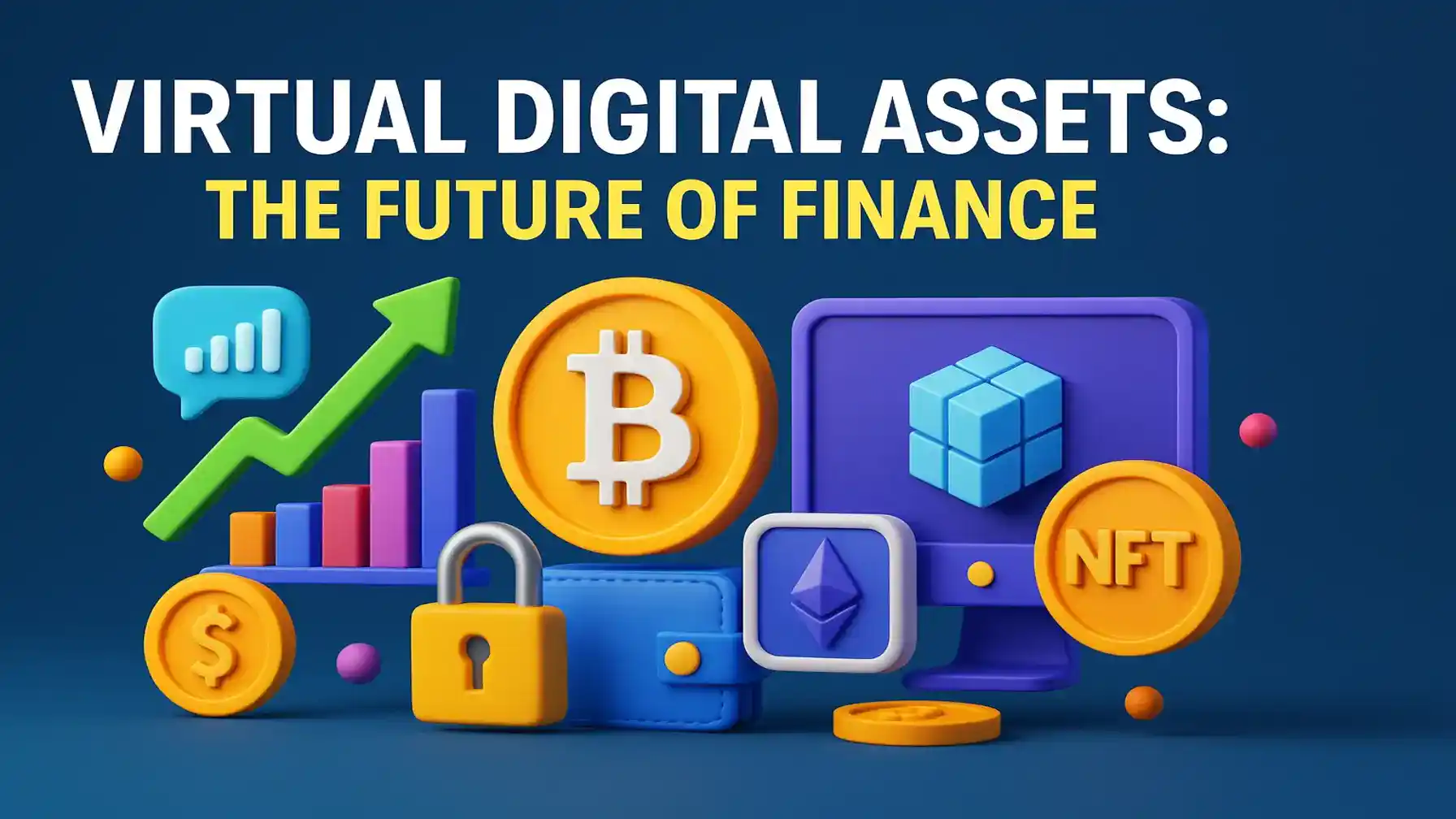Introduction:
In response to the evolving dynamics of India’s financial landscape, the Reserve Bank of India (RBI) has recently executed a strategic move. This move is aimed at addressing concerns pertaining to unsecured credit. This pivotal decision underscores the central bank’s unwavering commitment to ensuring the stability of the financial sector. In the following sections, we will dissect the intricacies of this move, examining its implications for lenders, borrowers, and the broader economic scenario.
Understanding Unsecured Credit:
The financial terrain has witnessed a surge in unsecured loans, characterized by their lack of collateral. While this trend has fueled economic growth, it has simultaneously raised concerns about the potential rise in bad loans. The recent decision by the RBI involves increasing risk weights on unsecured credit products. This move aims to strike a balance between sustaining economic momentum and mitigating risks associated with uncollateralized lending. The delicate equilibrium guides regulatory actions in the financial sector.
Unsecured loans, by nature, lack the backing of tangible assets, making them riskier for lenders. The surge in demand for unsecured credit, including personal loans, loans to non-banking finance companies (NBFCs), and credit cards, has prompted the RBI to reevaluate the risk associated with these products.
Key Changes Unveiled:
Delving into the specifics of the RBI’s decision reveals significant adjustments in risk weights across various lending segments. Consumer credit extended by banks, NBFCs offering consumer loans, and credit card receivables undergo strategic recalibration. This isn’t just regulatory; it’s a strategic response to evolving financial landscapes, ensuring appropriate risk accounting in critical areas.
Consumer credit forms the backbone of retail banking, encompassing a variety of loans catering to individual needs. The risk weight increase from 100% to 125% signals a more cautious approach, prompting banks to bolster their capital reserves in anticipation of potential defaults.
NBFCs, which have played a pivotal role in extending credit to diverse segments, face a similar risk weight adjustment from 100% to 125% for consumer loans. This move by the RBI is a proactive measure to prevent excessive risk-taking and ensure the stability of the NBFC sector.
Credit card receivables, often a significant component of banks’ portfolios, now face a higher risk weight of 150%, up from 125%. This adjustment recognizes the inherent risk in credit card lending, especially in an environment where economic uncertainties and market volatilities prevail.
Unsecured Credit Exclusions and Strategic Considerations: A Closer Look at RBI’s Decision-Making:
While implementing measures to address unsecured credit risks, the RBI has exercised a nuanced approach by excluding certain categories of loans. Home mortgages, education loans, car loans, and debt backed by gold remain exempt from these heightened risk weights. This targeted exemption reflects a strategic effort to safeguard essential sectors while maintaining a prudent regulatory stance.
Home mortgages, being secured loans with tangible collateral, are considered less risky compared to unsecured credit. Education loans, often seen as an investment in human capital, are crucial for the country’s socio-economic development. Car loans, backed by the vehicle as collateral, provide a level of security for lenders. Debt backed by gold, a common practice in India, has intrinsic value, reducing the risk associated with these loans.
Impact on Lenders:
Financial institutions, particularly those heavily invested in credit cards, are now navigating the implications of the RBI’s decision. The adjustment in the Capital to Risk-Weighted Assets Ratio (CRAR) is anticipated to have a tangible impact, with estimates ranging from 50 to 100 basis points. This prompts banks to reevaluate and potentially refine their risk management policies to adapt to the evolving regulatory landscape.
The CRAR is a crucial metric that determines a bank’s ability to absorb losses and protect depositors. The increase in risk weights directly affects this ratio, necessitating a strategic response from banks. While most banks have maintained adequate capital cushions, the adjustment underscores the need for continuous vigilance and adaptability in the face of regulatory changes.
Unsecured Credit: Executing Strategic Implementation of RBI’s Recent Decisions:
Underlining the urgency of the situation, the RBI’s directive necessitates an immediate implementation of the prescribed changes. This underscores the central bank’s proactive approach in ensuring that the financial industry swiftly aligns with the new risk-weighted framework. The directive acts as a catalyst for financial institutions to reassess their operational strategies promptly.
Implementing these changes requires a coordinated effort from banks and NBFCs. The immediate effect on their lending practices, especially in the consumer credit segment, necessitates agile adaptation. Banks and NBFCs must recalibrate their risk models, update lending policies, and communicate these changes effectively to stakeholders.
Sectoral Exposure Limits Review:
Registered entities are not only urged but strongly encouraged to conduct a comprehensive review of their sectoral exposure limits. This emphasis on Board-approved limits for various sub-segments under consumer credit signifies a proactive step towards enhanced risk management. This approach aligns seamlessly with the RBI’s overarching vision for a robust and adaptive financial sector.
Sectoral exposure limits act as a safeguard against over-concentration of risk in specific segments. By urging registered entities to review and set Board-approved limits, the RBI ensures that lenders diversify their portfolios and do not overly expose themselves to any single sector. This strategic move is aligned with global best practices in risk management.

Treatment of Top-Up Loans:
The ripple effect of the RBI’s decision extends to top-up loans, particularly those secured against inherently depreciating movable assets like vehicles. Designating these loans as unsecured for credit appraisal and prudential limits showcases the central bank’s cautious approach. It signals a keen awareness of the potential risks associated with certain types of lending, even within the broader category of unsecured credit.
Top-up loans, often provided as an additional facility to borrowers with existing loans, pose a unique risk. When secured against depreciating assets like vehicles, the collateral’s value may diminish over time. By treating these loans as unsecured for credit appraisal, the RBI ensures that lenders account for the inherent risk in their decision-making processes.
Unsecured Credit: Perspectives from Financial Experts on RBI’s Strategic Decisions and Implications
Gaining insights from financial experts’ sheds light on the multifaceted implications of the RBI’s decision. Senior Vice President at ICRA, provides valuable perspectives on the maintenance of Capital to Risk-Weighted Assets Ratio (CRAR). While acknowledging that banks maintain an adequate CRAR, Gupta notes the potential moderation of the capital cushion due to the increased risk weight on NBFC lending. This insight adds depth to our understanding of the decision’s impact on both lenders and borrowers.
Deputy Managing Director at IDBI Bank, offers a nuanced perspective on the anticipated impact on the bank’s CRAR. Despite expecting a negligible effect due to a lower exposure to unsecured credit, Khatanhar underscores the RBI’s subtle signal to maintain a cushion against potential risks. This expert commentary enriches the narrative by providing context and interpretation to the regulatory move.
Impact on Borrowers:
Zooming in on the borrowers’ perspective reveals the potential shifts in the lending landscape, particularly for those seeking unsecured loans. With the expected rise in interest rates on unsecured loans, borrowers may encounter a more cautious and discerning lending environment. Lenders, in response to the RBI’s decision, may opt to adjust rates or tweak exposure levels to maintain capital adequacy. This lends a practical dimension to how regulatory decisions can resonate with everyday financial transactions.
Unsecured loans, including personal loans and credit cards, are often sought by individuals for various reasons such as emergencies, education, or lifestyle expenses. The potential increase in interest rates may impact the affordability of these loans for borrowers. The decision by lenders to adjust rates or exposure levels will influence the ease with which borrowers can access unsecured credit.
Conclusion:
Navigating the complex world of unsecured credit, the recent decision by the RBI underscores the central bank’s dedication to stability. This move stands as a testament to their commitment to ensuring the robustness of the financial sector. The tangible impact on lenders and borrowers underscores the necessity of a balanced approach to risk management. The strategic exclusion of specific loans emphasizes the RBI’s commitment to fostering growth in the financial ecosystem. Simultaneously, the push for sectoral exposure reviews aims to mitigate potential risks effectively.
As India’s financial institutions recalibrate their strategies in response to the RBI’s decision, the road ahead involves adapting to a new lending landscape. The delicate equilibrium between promoting economic growth and averting potential crises remains at the forefront of the RBI’s initiatives. These ongoing narrative shapes the future trajectory of India’s financial sector, emphasizing the importance of adaptability, prudence, and a steadfast commitment to financial stability. The RBI’s strategic move, though impactful, is a proactive step towards ensuring the resilience of India’s financial ecosystem.
Also Read: Mastering Overdraft Bank Accounts for Financial Well-Being










Wow, marvelous blog format! How lengthy have you ever been blogging for?
you make running a blog glance easy. The overall look of your website is great, as
neatly as the content! You can see similar: ecommerce and
here e-commerce